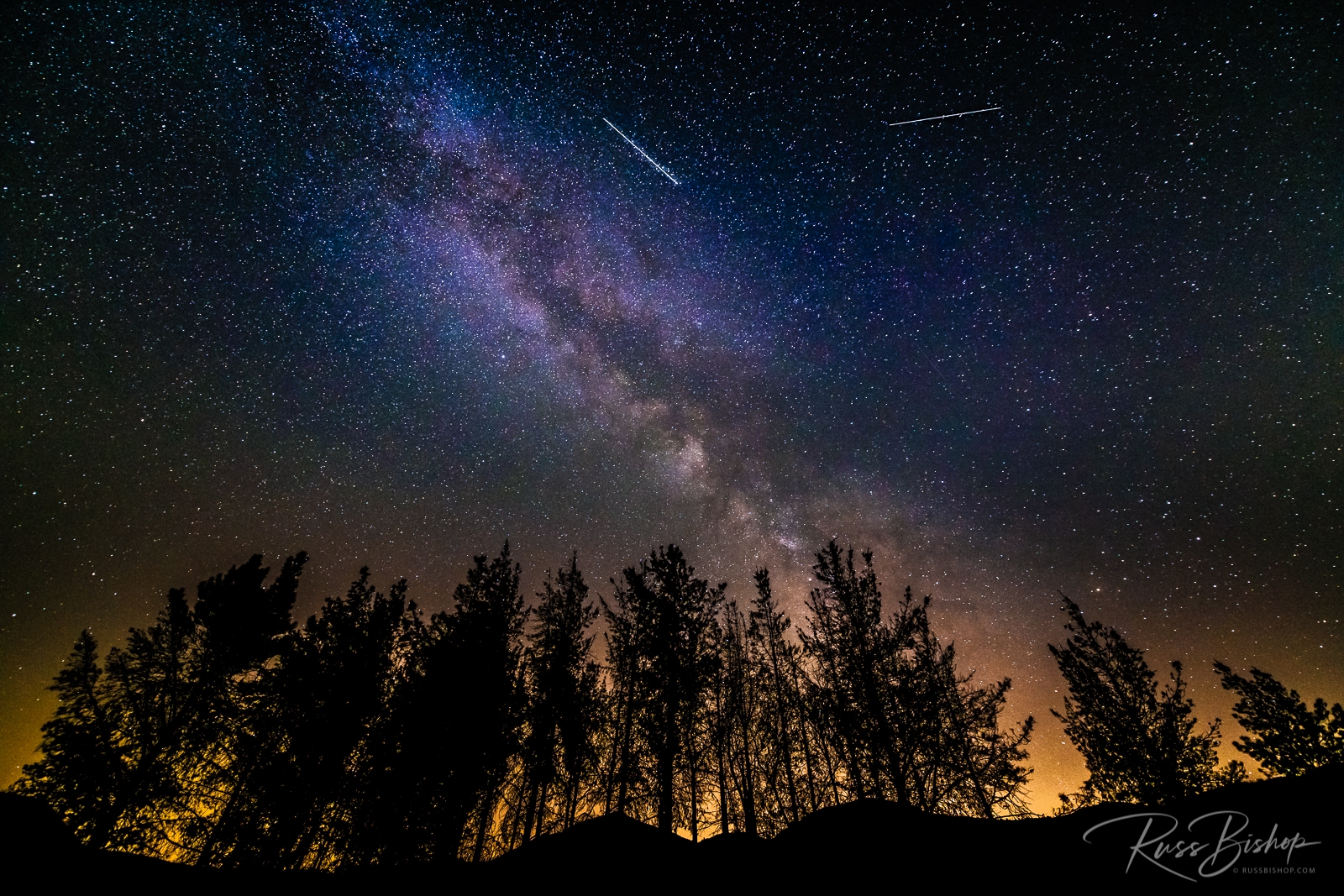
It’s been said that you don’t need to circle the globe to find wonderful subjects to photograph. And while shooting close to home may not sound as exciting as travelling to far off exotic destinations, quite often those grand landscapes and intimate details can be found right in your own backyard.
I’m fortunate to live in Southern California where icons like Death Valley and Joshua Tree National Parks are within a day’s drive, yet I’ve discovered many less frequented local spots that can be just as rewarding for photography. Los Padres National Forest is one such place that includes a large portion of California’s coastal mountains from Ojai to Monterey. Nearly half of the forest is designated wilderness that ranges from semi-desert in the interior areas to redwood forests on the coast, providing a wealth of photographic potential.
So the next time you’re scouting photo locations or just searching for a quiet place to call your own don’t forget the state parks, national forests, and other public lands nearby. You won’t experience the crowds or expense that come with the bigger parks and international travel, and you might just be surprised by the quality images and visual opportunities that can be found close to home.
©Russ Bishop/All Rights Reserved


